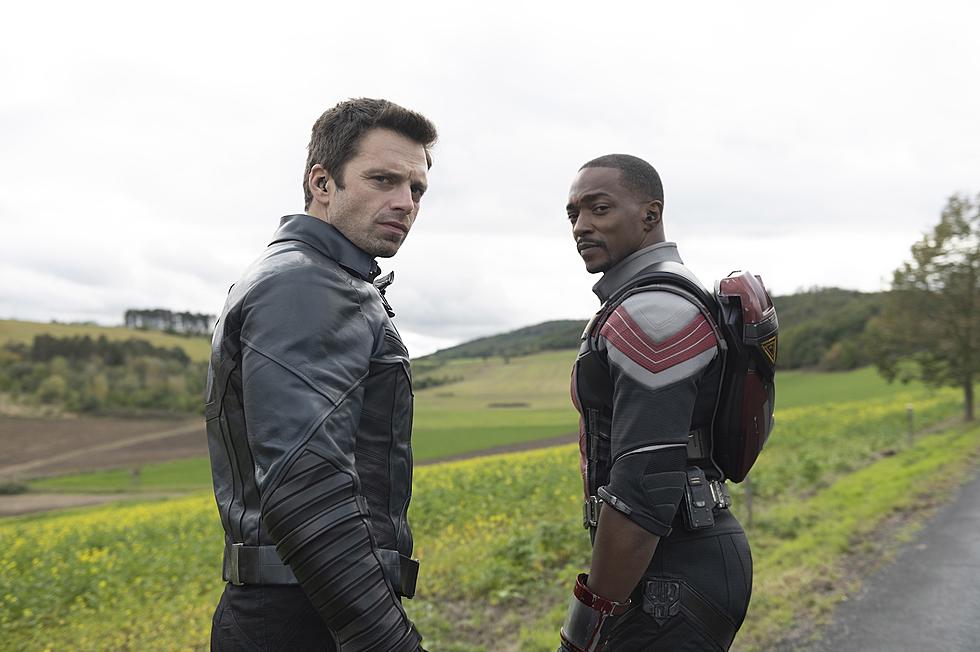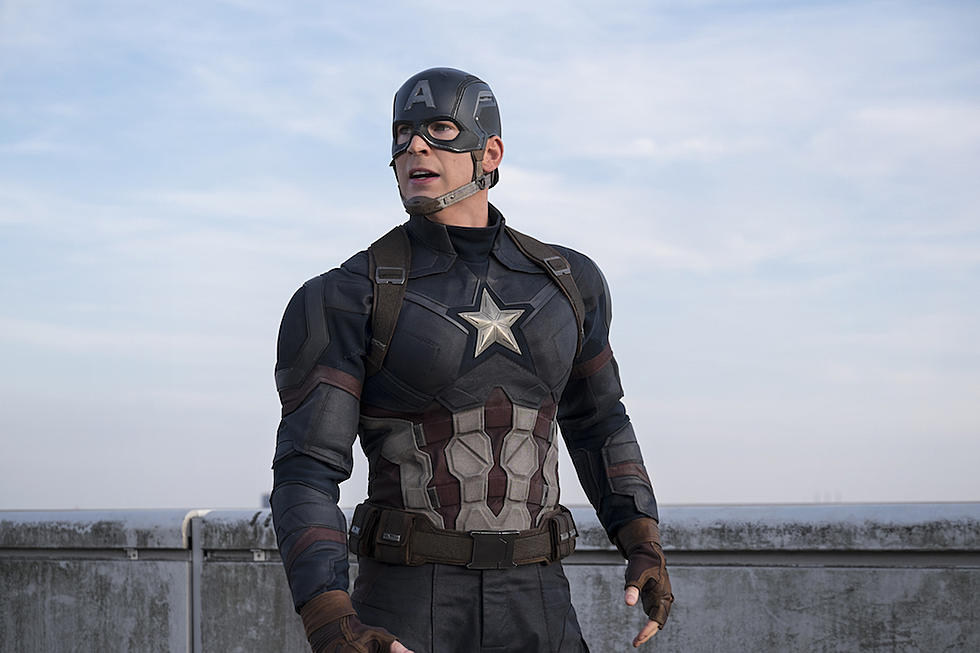
The Man Who Punched Hitler: Celebrating The Debut of Kirby & Simon’s Captain America
Comics have always mirrored American culture back at the American reader, but no single character in comics seems to reflect back as much as Captain America. Created to fight the Nazis, and draped in the colors of the flag, the iconic figure carries an extra significance in his portrayal no matter what the political climate, and he has frequently been a source of controversy. Even in his debut, on December 20, 1940, Captain America was showing Americans something not everyone wanted to see.
You may or may not find it hard to believe, but there was once a time when America hadn't decided just how bad Nazis were. After the previous two decades had wrought World War I and the Great Depression, the America of the 1930s was staunchly isolationist and satisfied to let the rest of the world handle their own problems. And sadly, Hitler's ideas found traction in several pockets of America, as the country continued to do, officially, nothing.
On November 9th 1938, nearly 100 Jews in Danzig were killed; thirty-thousand sent to concentration camps. Franklin Delano Roosevelt's response to Kristallnacht was little more than a strongly-worded letter and the denial of twenty-thousand Jewish refugees. Roughly that same number gathered at Madison Square Garden in February 1939, at a rally for the German American Bund, an American Nazi party. By mid-1940, Germany had invaded Poland, Denmark, Norway and France; over half a million Jews had been ghettoized. Still, public opinion was split.
And it's in that tempestuous mess that two Jewish artists, born Hymie Simon and Jacob Kurtzberg, took matters into their own hands. It wasn't totally unprecedented. Earlier that year Jerry Siegel and Joe Shuster arrested Hitler and Stalin in the two-page "How Superman Would End the War." But DC's Jack Liebowitz kept his properties out of the war. This was an appearance outside a house publication, and a fairly tame one at that. Superman, being so powerful, simply flew across the world, scooped the Nazis up, and brought them to trial.
Captain America, the creation of Joe Simon and Jack Kirby, flew across the page to sock Hitler in the face. In the dynamic physicality that typified the work of the pugnacious Kirby, Cap launched himself into the dictator with vicious fury. Captain America Comics #1 was an instant success, selling approximately a million copies.
But in a divided country, not everyone was pleased. An S.S. publication accused Siegel and Shuster's story of being Jewish propaganda, and when Captain America became a success, groups like the German American Bund --- the same hate organization strong enough to fill Madison Square Garden --- took exception.
The offices of Simon and Kirby were inundated with letters and calls; anti-Semitism and death threats. American Nazis loitered outside the building at 42nd Street, presumably to harm Simon, Kirby, or anybody else working in what was known to be a Jewish industry. There's even a story that Kirby left his desk to confront three members of the Silver Legion of America, or "silver-shirts," but he just missed them. Simon and Kirby received police protection and a personal message of approval from mayor Fiorello La Guardia.
But one likes to wonder what would have happened if a few American Nazis had confronted notorious brawler Jack Kirby.
That showdown eventually occurred in a much different setting, after Kirby was drafted in 1943. He ended up in the infantry, where his artistic reputation as the Jack Kirby earned him the role of scout, one of the most dangerous jobs in the regiment. Simon's service record isn't as impressive as Kirby's, but it's apparent that he realized the power of his art in an ideological war. Whether it was with Captain America, the Boy Commandos, or his career as a journalist and creator of recruitment comics for the Coast Guard, Simon used words and images as his weapons; he fought with ideas.
By the time Simon and Kirby entered military life, comic books were selling around twenty-five million issues a month across all ages and demographics. Issues of Captain America Comics frequently topped seven figures on its own. The largest single consumer of comic books was the United States Army.
American propaganda increased drastically in the early 40s to combat the Nazis' state-run disinformation campaign, but the perfect counter-weapon was already in millions of readers' hands, whether they were kids, students, or soldiers. Comics sold war bonds, influenced public opinion, and served as an enlistment tool.
This realization led to a partnership between the Writers' War Board and the comic book industry, and the wave of propaganda comics that aimed to turn public tide against America's enemies in Germany and Japan. The WWB's methods and messages weren't always laudable, especially the use of racial stereotypes, which was already rampant in Golden Age comics. In particular Captain America Comics, which had been without Simon and Kirby since early 1942, painted all Germans as duplicitous and evil; all Japanese as yellow, venomous ghouls.
But Simon and Kirby were first, and they were better-intentioned. They wanted America to do something, and they channeled their anger into a blazing piece of agitprop that fired the first shot in a war of ideas.
No matter what has happened to Captain America over the decades, the purity of Simon and Kirby's first image is still what really defines the character. He's the guy who socks Hitler in the face.
More From ComicsAlliance









